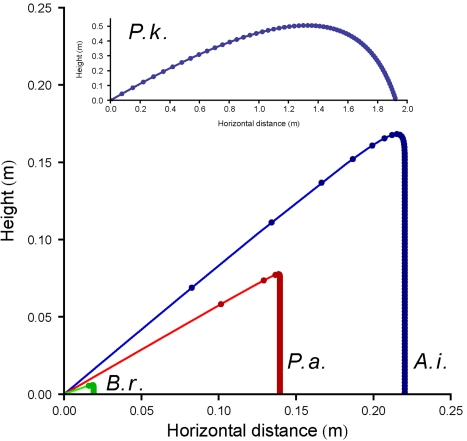Figure 2. Predicted trajectories of spores and sporangia of four fungi based on launch data obtained by high speed video microscopy.
Trajectories of spores and sporangia of Ascobolus immersus (A.i., blue), Podospora anserina (P.a., red), Basidiobolus ranarum (B.r., green), and Pilobolus kleinii (P.k., blue in inset). Points indicate projectile positions at 10 ms intervals. The truncated trajectories of A. immersus, P. anserina, and B. ranarum are indicative of the dominance of viscous forces over inertial forces in the motional regimes for these launches. Inertia is more significant for the flight of the larger sporangia of P. kleinii. Launch angles of 40° (A.i.), 30° (P.a., P.k.), and 20° (B.r.), were chosen to separate the trajectories from one another but also reflect the phototropic orientation of these asci, sporangiophores, and conidiophores in nature.

